Steve Tooze on a new survey showing 75% of residents support the Railton Low Traffic Neighbourhood
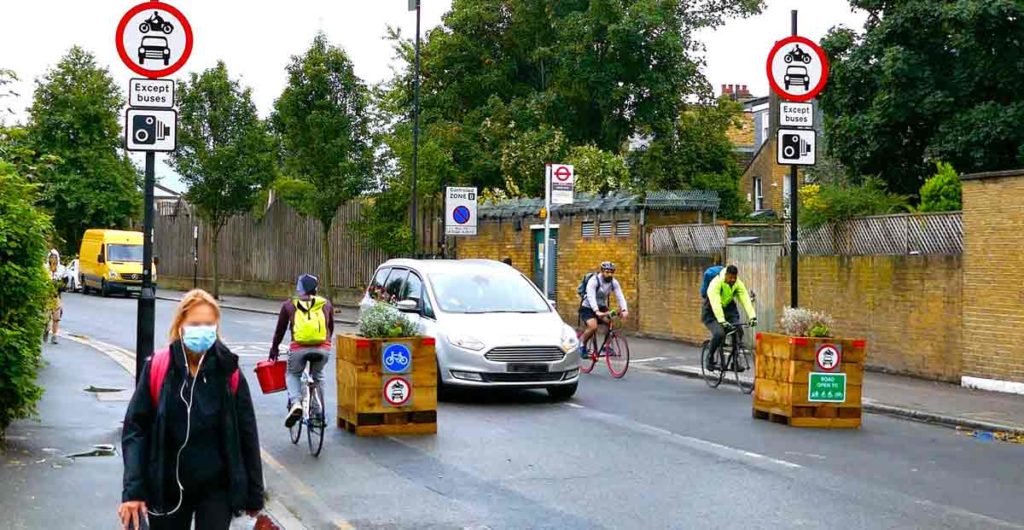
A low traffic neighbourhood in the heart of Brixton has been welcomed by 75% of the people who live within its boundaries, a large-scale survey conducted by residents reveals today (11 September).
Three in four of residents of the Railton Low Traffic Neighbourhood (LTN) are in favour of the scheme, one of seven launched across Lambeth by the council as an emergency pandemic measure to encourage cycling and walking and cut pollution and danger from “rat-running” drivers.
Less than a quarter (23%) of people said they did not like the scheme at all.
“There is huge support for the LTN ,with many people including comments about how it has already transformed the neighbourhood and their everyday lives in the short time it has been in existence,” said Adam Keelan, the local resident who designed and carried out the survey in July and early August.
“There’s been lots of publicity and heated debate about the LTN and I wanted to move away from all the soundbites, claims and counter-claims and gather some solid statistical evidence about what people are really feeling and thinking.”
The survey, which received 438 responses, paints a picture of a neighbourhood which clearly wants to end the dominance of the car, with its attendant pollution, noise and danger.
Asked for their views on traffic levels and impacts before the LTN, seven in 10 thought there was too much traffic in their neighbourhood, three in four thought traffic was going too fast, two out three thought there was too much pollution in their road.
The impacts these concerns about traffic on travel choices showed up clearly with two out of three local cyclists worried that the pre-LTN Railton area was either dangerous or not safe enough when they were using their bikes.
More than half of pedestrians who do not drive thought walking was not safe enough or was actually dangerous.
The survey also showed clearly that cycling is already a preferred option for many locals.
Every day, as many people use bikes (21%) as those who use motor vehicles. More people cycle a few times a week (32%) than those who drive a few times a week (22%).
The survey further revealed that many people who own cars do not use them much. A third of car-owning respondents said they use their vehicle a few times a month, at most, while one in six rarely or never use it.
“This would appear to support the council evidence that the vast majority of the 6,500 cars driving up and down Railton Road every day are not locals, but people using our streets as short cuts to other parts of London,” said Keelan.
He hopes to repeat the survey every few months during the trial period to gauge how people’s attitudes shift as the scheme beds in.
“About a third of the people who support the scheme will judge its final success on how the council tweaks and adapts the trial based on the feedback it gets from residents, said Kelan.
“We saw both people who reject the scheme, and even some of those who support it, adding comments saying they were concerned it would push traffic elsewhere, increase social inequalities, or adversely affect local businesses.
“It will be fascinating and really useful to see how these attitudes change as people get used to this new way of living.
“I think it will be a powerful tool for the community to trouble-shoot problems and come up with positive ideas to make the LTN better.”
Railton Low Traffic Neighbourhood, launched in late June, is expected to have an 18-month trial period before the council consults local residents again on whether whether to make it permanent.
Read the full report and a summary at www.railton.uk

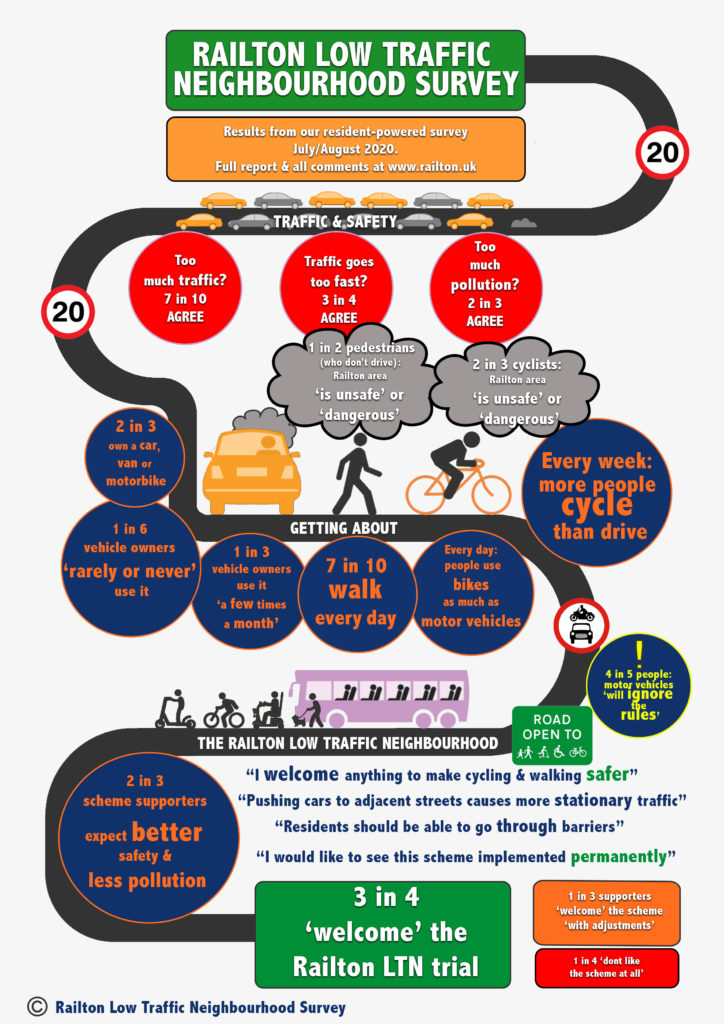
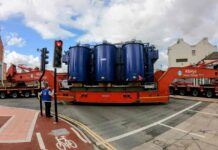
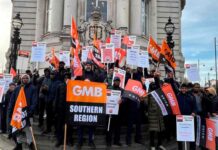
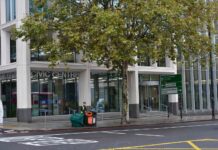



The Railton low traffic neighbourhood has been so positive and good that so many people filled out the survey. I look forward to seeing how it develops as it beds in.
Great to see Tulse Hill/Brixton Hill have a new low traffic neighbourhood as well.
Its not 3/4 of residents, its 3/4 of people who answered one question – 292 people actually – out of 7500+ LTN residents. So actually the true figure is about 4% of Residents are in support not 75%
An unpleasant and veiled insinuation in line with the dodgy survey…
Let’s remind everyone that free internet access is available at Brixton library and not reserved for the young and affluent. Such dated views however are often representative of those supporting an agenda.
Fact check: Any reporting of this survey should be viewed with caution and may be misleading for the following reasons:
– The 75% figure is misleading – it double counts individual resident’s comments as participants could tick more than one box on this question
– We cannot assume that the people in this survey represent the actual make up of the local community. There is no demographic data (eg age, ethnicity, income level, employment status), other than noting the street in which the participants live. It’s interesting to note that around a third of the respondents come from the affluent Poet’s corner area
– Only people who have access to a computer or internet can complete the survey. This will favour affluent, young and computer-literate individuals – the views of people who do not have a computer or internet access and people who do not know how to use a computer will be excluded
– Only the views of people who have time to and who like to complete surveys will be included which is not necessarily representative of the actual population of people in the community
– The design of the survey and analysis of the data has not been subject to academic
standards and does not have technical validity
– There is no evidence to say that market research codes of conduct have been followed
This survey is from a self selecting group of people and is totally worthless. I surprised that the Brixton Blog gives it any credibility at all.
Please don’t say this stands for all of brixton , I do believe there is another survey , which totally disagrees
Why don’t you do a more thorough report and speak to both sides , it’s appalling how you don’t represent all the residents , and you continually listen to their propaganda